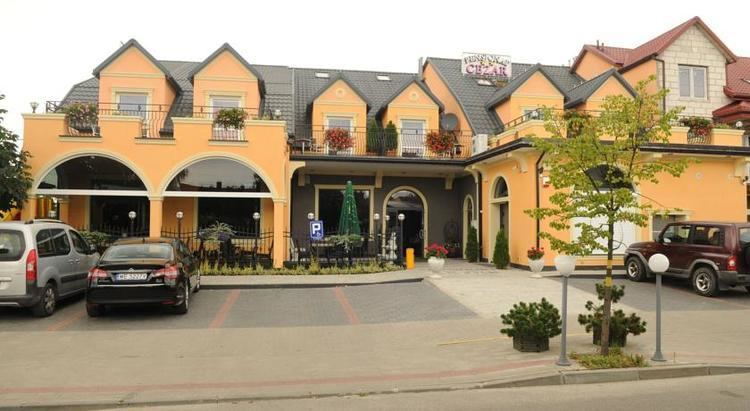Established 15th century Time zone CET (UTC+1) Population 15,169 (2006) Local time Tuesday 9:56 AM | County Siemiatycze County Town rights 1542 Area 36.25 km² | |
 | ||
Gmina Siemiatycze (urban gmina) Weather 10°C, Wind SW at 13 km/h, 89% Humidity | ||
Siemiatycze [ɕɛmʲaˈtɨt͡ʂɛ] (Ukrainian: Сім'ятичі) is a town in north-eastern Poland, with 15,209 inhabitants (2004). It is situated in the Podlaskie Voivodeship (since 1999); previously it was in Białystok Voivodeship (1975-1998) (1975–1998). It is the capital of Siemiatycze County.
Contents
Map of Siemiatycze, Poland
The history of Siemiatycze dates back to the mid-16th century, when the village was part of Podlasie Voivodeship, Grand Duchy of Lithuania. In 1542, King Zygmunt August granted town charter to Siemiatycze, and in 1569, it became part of the Kingdom of Poland (see Union of Lublin).
For centuries Siemiatycze remained property of several Polish-Lithuanian magnate families. The town, conveniently located along the Bug river waterway, and near local administrative centers at Drohiczyn and Mielnik, became a popular market place, where farmers sold their produce. Disastrous Swedish invasion of Poland (1655 - 1660) did not bring widespread destruction to Siemiatycze. The town continued to prosper, at the expense of other municipalities of the region of Podlasie, all of which burned to the ground by the Swedish, Transilvanian and Muscovian invaders.
In the 18th century, Siemiatycze was among most developed towns of the region. At that time it belonged to the Sapieha family, which founded town hall, hospital, Jewish prayer house, monastery, palace with a museum and other buildings. In 1807 Siemiatycze was annexed by the Russian Empire, and during January Uprising, the Battle of Siemiatycze took place here, after which most of the town was destroyed, together with the Jablonowski Palace, which has never been rebuilt.
Siemiatycze was to a large extent destroyed during World War II, and its Jewish community was almost completely murdered by Germans in the Holocaust. After the war, the population of the town shrank to 4000.
Education
Twin towns — Sister cities
Siemiatycze is twinned with:
